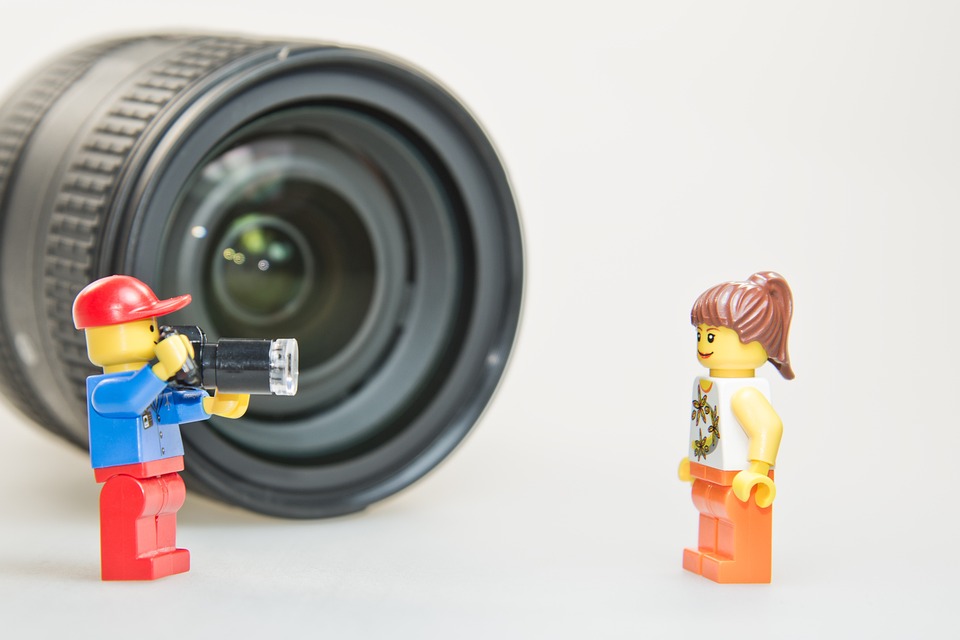In my old Nikon F days I had a few lenses each with a different purpose. I had a favorite 105mm telephoto lens, a 43-86mm zoom lens, which I often doubled up with a doubling ring, and a few others. I couldn’t afford a macro lens, so with a Vivitar reversing ring I was able to attach my rear 105mm Words telephoto lens, which allowed me to take great macro photos of flowers, close-ups of raindrops on leaves etc. The shots of the raindrops were so close, that the water acted like a magnifying glass on the paper. amazing!
Understanding the true function of the lens is relatively simple. It all has to do with focal length and field of view. Whether your camera is digital with a fixed lens, or one that allows you to swap the lens, you will most likely use a zoom lens. “Focal length” is better defined as follows;
The “focal length” simply determines how much of the scene will be captured. A “normal” focal length will capture a horizontal field of about 45 degrees for example. While the wide angle lens captures a wider field, such as 90 degrees and more. A telephoto lens is great for taking close-ups because it captures a much smaller field of view. In fact, any background will appear blurry while you’re focused on your main subject, or out of focus, which makes for a really cool effect.
Most people understand how a zoom lens works. You can zoom out for a larger view, while you zoom in for a smaller view. But since the advent of digital cameras, compared to our old 35mm cameras, the relationship between focal length and field of view has changed somewhat because the dimensions of sensors in cameras are now different and much smaller. confusing? certainly!
What this means to you is that unless you’re a true photography buff, and you really want to know what each lens you have will do, you shouldn’t concern yourself with all this stuff. But let’s say you really need to know whatever the reason was.
In the good old days of 35mm with film, if you owned a wide angle lens you could count on the fact that it would deliver an end result (image) exactly as you saw it in the viewfinder. But today, using the same lens on a digital camera will give you a completely different result.
For example, I hold my wife’s HP camera with a 7-21mm zoom lens in my hands. But being digital, this small lens would give me a comparison score and a 105mm telephoto lens, due to the size of the sensor. Still confused? Don’t blame you. The bottom line is, most of you have given up on your old 35mm cameras, and are only using digital cameras anyway. And as with any camera, just as it was in the 35mm era, you still need to test in many different situations to get anything good with it.
For example, I can take a sunset scene and in 5 minutes get a whole bunch of different effects just by using different aperture holes. You don’t need a photography course to be a good photographer. You just need to read what all these numbers mean and do, and while experimenting, take notes.
This is a trick I learned very early on in my photography years; Each time you take a shot, make a note of the lens you used, the aperture, the viewfinder, and the #shot you’re on. In this way, you can generally repeat the process of your favorite shoot. Anyway, if you are planning to enter any photo contest, while submitting your entry, you usually have to inform them of the type of lens you used, aperture, ASA/ISO rating etc. Hence the importance of feedback when it comes to serious photography, digital or not.
